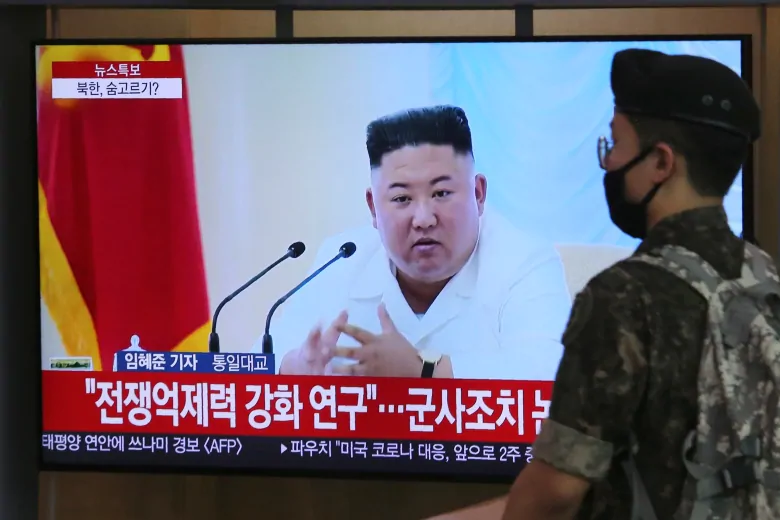It took an awfully long time — almost three decades — to convince the federal government to carve the dates of the Korean War into the side of Canada’s national war memorial. But in many respects, the conflict that claimed 516 Canadian lives — and never formally ended — remains Canada’s forgotten war.

It took an awfully long time — almost three decades — to convince the federal government to carve the dates of the Korean War into the side of Canada’s national war memorial.
Tucked away on the side of the soaring granite monument in downtown Ottawa, next to Canada’s Tomb of the Unknown Soldier, the inscription is easy to miss. For author and historian Ted Barris, it’s a sad illustration of where the bloody, three-year-long war and its eventual stalemate sit in the country’s collective memory.
“I think it was the mid-1990s before local cenotaphs across the country chipped the names of those who served in Korea into their [local] stone monuments. And up until that point, for many Canadians, they were invisible,” said Barris, author of Deadlock in Korea, a seminal account of soldiers on the front lines of what was known at the time (somewhat derisively) as a United Nations “police action”.
But the war was never invisible to Bill Black; he can see it still. When the war broke out — 70 years ago today — the former able seaman was a 16-year-old high school student, the child of a Second World War soldier who’d served overseas for years.

Initially, Black joined the army militia (now the reserves) — the Queen’s Own Rifles of Toronto — with a phoney identification card. His father convinced him to switch to the navy.
He shipped out as a marine engineer aboard the Tribal Class destroyer HMCS Cayuga in 1952 as the war entered its bloody, decisive phase. When he looks at the state of the Korean peninsula today — with no peace treaty and no prospects of one, and a brutal, nuclear-armed dictatorship periodically threatening its neighbour to the south with destruction — he is dismayed.
“It’s just madness,” he said.


